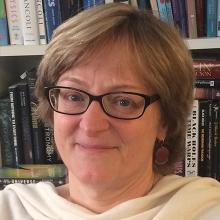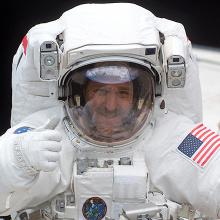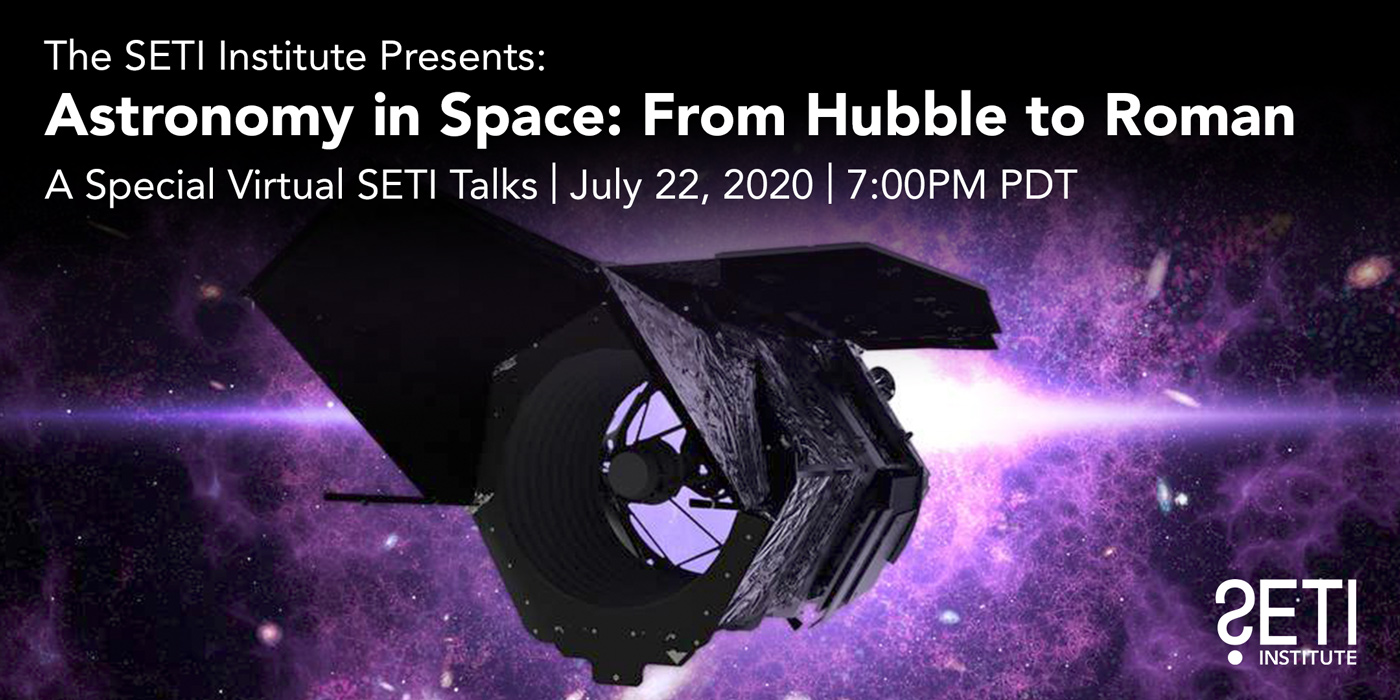
Meg Urry is the Director of the Yale Center for Astronomy and Astrophysics. She served as Chair of the Yale Physics Department from 2007 to 2013 and in the presidential line of the American Astronomical Society from 2013-2017. Professor Urry received her Ph.D. from the Johns Hopkins University and her B.S. in Physics and Mathematicsfrom Tufts University. Her scientific research focuses on active galaxies, which host accreting supermassive black holes in their centers. Prof. Urry is a Fellow of the American Astronomical Society, the American Academy of Arts and Sciences, and the National Academy of Sciences, and was awarded the American Astronomical Society’s Annie Jump Cannon and George van Biesbroeck prizes. Prior to moving to Yale in 2001, Prof. Urry was a senior astronomer at the Space Telescope Science Institute, which runs the Hubble Space Telescope for NASA. Professor Urry is known for her efforts to increase the number of women in the physical sciences, for which she won the 2010 Women in Space Science Award from the Adler Planetarium, and she writes on science for CNN.com.

John M. Grunsfeld served as Associate Administrator for the Science Mission Directorate at NASA Headquarters in Washington, D.C. from January 2012-2016. He previously served as the Deputy Director of the Space Telescope Science Institute in Baltimore, managing the science program for the Hubble Space Telescope and the forthcoming James Webb Space Telescope. Grunsfeld's background includes research in high energy astrophysics, cosmic ray physics, planetary science, and in the emerging field of exoplanet studies with specific interest in future astronomical instrumentation.
Grunsfeld joined NASA's Astronaut Office in 1992. He is veteran of five space shuttle flights, and visited Hubble three times during these missions. He also performed eight spacewalks to service and upgrade the observatory. He logged more than 58 days in space on his shuttle missions, including 58 hours and 30 minutes of spacewalk time. Grunsfeld first flew to space aboard Endeavour in March 1995 on a mission that studied the far ultraviolet spectra of faint astronomical objects using the Astro-2 Observatory. His second flight was aboard Atlantis in January 1997. The mission docked with the Russian space station Mir, exchanged U.S. astronauts living aboard the outpost, and performed scientific research using the Biorack payload. He also flew on Discovery in December 1999, Columbia in March 2002 and Atlantis in May 2009. This last flight successfully serviced and upgraded the Hubble Space Telescope, during which he was lead spacewalker for Hubble servicing activities. In 2004 and 2005, he served as the commander and science officer on the backup crew for Expedition 13 to the International Space Station.
Grunsfeld graduated from the Massachusetts Institute of Technology in 1980 with a bachelor's degree in physics. He subsequently earned a master's degree and, in 1988, a doctorate in physics from the University of Chicago using a cosmic ray experiment on space shuttle Challenger for his doctoral thesis. From Chicago, he joined the faculty of the California Institute of Technology as a Senior Research Fellow in Physics, Mathematics and Astronomy.

